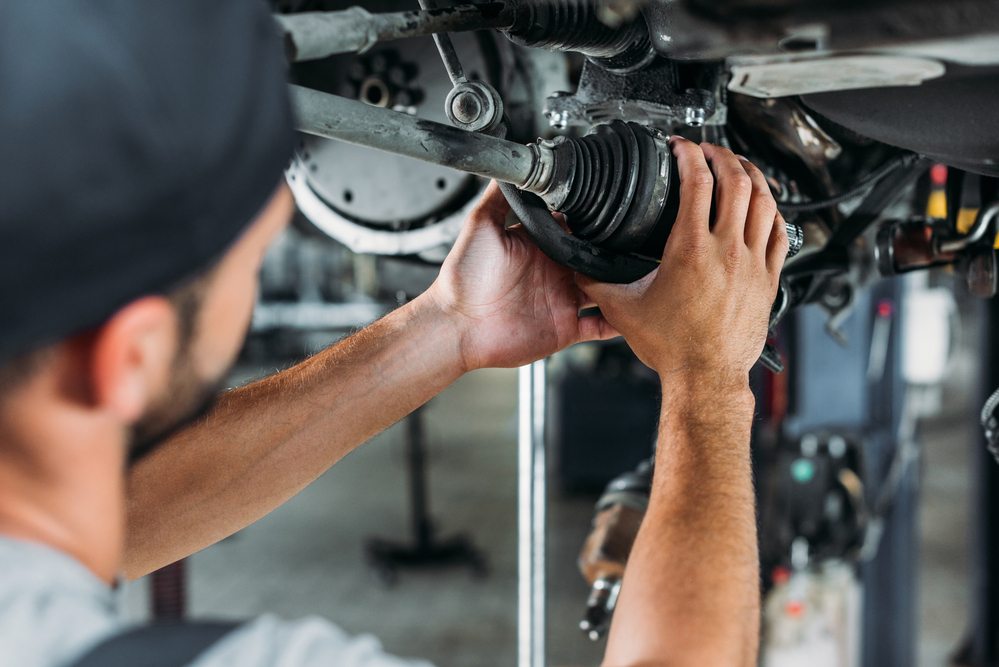Minor collisions may seem inconsequential at first glance, but they can often cause hidden damage that isn’t immediately visible. If you have recently been in a motor vehicle accident, it is imperative that you check for hidden damages that could potentially become more severe when neglected. Let’s discuss how to spot hidden damage after a minor collision.
Key Takeaways
- Minor collisions can cause hidden damage that is not immediately visible.
- Pay attention to any new rattling, clicking, or squeaking sounds while driving or when the vehicle is idle, as these can indicate loose or damaged components.
- If your vehicle pulls to one side, vibrates at certain speeds, or shows changes in braking performance, it could indicate hidden damage to the alignment or suspension.
- Have a professional auto body technician conduct a thorough inspection to identify and address any hidden damage.
What Damages Can Occur During a Minor Vehicle Collision?
Even in a minor collision, several types of damage can occur that may not be immediately apparent:
- Frame Damage: Even a low-speed collision can affect the vehicle’s frame or unibody, leading to alignment issues and affecting the vehicle’s structural integrity.
- Suspension Damage: Minor impacts can damage suspension components such as control arms, struts, and shocks, leading to poor handling and uneven tire wear.
- Electrical System Damage: The collision may affect wiring, sensors, and other electrical components, causing malfunctioning lights, sensors, or other electronic systems.
- Mechanical Damage: Damage to mechanical components such as the radiator, exhaust system, or transmission can occur, even if they aren’t immediately visible.
- Alignment Issues: Minor collisions can throw off the wheel alignment, causing uneven tire wear, pulling to one side, and handling problems.
- Fluid Leaks: Impacts can cause small punctures or leaks in the radiator, transmission, or brake lines, leading to fluid loss and potential mechanical failure.
- Interior Damage: Airbags, seatbelts, and other safety features may be compromised even if they don’t deploy, affecting their functionality in future incidents.
How to Spot Hidden Damage After a Minor Collision in Sewell
Here are some steps to help you spot hidden damage to your vehicle:
1. Check for Unusual Noises
Pay attention to any new sounds such as rattling, clicking, or squeaking while driving. These noises often indicate loose or damaged components that need immediate attention. It is recommended that you do this test twice. Once while you are sitting idle and in park. The other time while you are going down the road.
2. Monitor Handling and Alignment
While driving, also consider the way your vehicle reacts. If your vehicle pulls to one side while driving straight, this could indicate alignment issues or suspension damage. Unusual vibrations, particularly at certain speeds, may indicate an issue with wheel balance or suspension parts. Notice any changes in braking performance, such as the vehicle pulling to one side or unusual noises when applying the brakes.
3. Inspect the Undercarriage
Safely raise your vehicle or use a flashlight to look under it for any visible signs of damage. Look for dents, scrapes, or bends in the frame, exhaust system, or suspension components. Check for any loose or hanging parts, as well as any visible cracks or breaks in the suspension arms, exhaust pipes, or mufflers.
4. Examine Tires and Wheels
After a minor collision, like one where you slammed on your brakes, check for uneven tire wear patterns. Run your hand over the tire surface to feel for any unusual wear. Inspect the tires for bulges, cracks, or punctures. Any visible damage could compromise the tire’s integrity and safety. Check the rims for any dents or warping. Damaged rims can affect wheel balance and alignment, leading to handling problems.
5. Seek Out Fluid Leaks
After parking your vehicle on a clean surface, look underneath for any fluid puddles or drips. Common fluids include oil (brown or black), coolant (green, yellow, or pink), transmission fluid (red or brown), and brake fluid (clear or light brown). Leaks can corrode other parts of the vehicle. Make sure you get this repaired.
6. Get a Professional Inspection
While a self-inspection can reveal a lot, it’s always advisable to have a professional auto body technician conduct a thorough inspection. Professionals have specialized tools and equipment to detect hidden damage that might not be visible to the naked eye, such as frame misalignment or internal component damage. Additionally, an experienced technician can provide a comprehensive assessment and repair plan, ensuring all damages are addressed, and your vehicle is safe to drive.
Contact the Auto Body Repair Team at Elmer’s Auto Body Today
Minor collisions may seem to do little to the outside of your vehcile, but you can never be too certain. If you have been in a collision, do an inspection to see if hidden damages exist. Furthermore, it is important to have a professional conduct their own inspection. At Elmer’s Auto Body, our experienced technicians are equipped to identify and repair both visible and hidden damage to ensure your vehicle is safe and roadworthy.
Contact us today to schedule an inspection or to learn more about our comprehensive collision repair services. Let us help you get back on the road with confidence.

